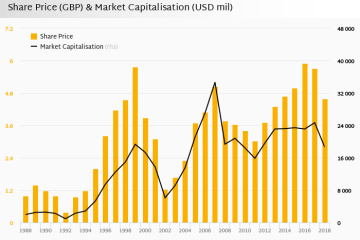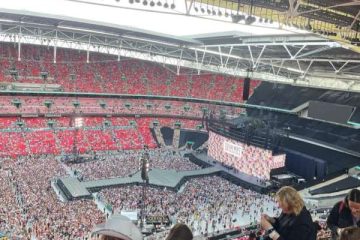Understanding the Current Status of Puerto Rico in 2023

Introduction
Puerto Rico, a Caribbean island and unincorporated territory of the United States, has been in the global spotlight due to its unique political status and ongoing recovery from natural disasters. The significance of Puerto Rico extends beyond its stunning landscapes and rich culture, as it plays a key role in discussions about U.S. territorial policy, economy, and environmental resilience. Recent developments continue to shape the island’s journey towards recovery and economic revitalisation, making it a subject of considerable interest for both local and international communities.
Recovery Efforts Post-Hurricanes
Since Hurricane Maria struck in September 2017, causing extensive devastation, Puerto Rico has been engaged in a lengthy recovery process. The Federal Emergency Management Agency (FEMA) has allocated billions in aid, aimed at rebuilding infrastructure and restoring essential services. However, as of 2023, many regions are still grappling with the impacts of the hurricane and subsequent earthquakes that hit the island in early 2020.
Local officials have made substantial progress in upgrading the power grid, which suffered catastrophic failures during the storms. In 2023, around 90% of the power grid has been rebuilt, although critics argue that investment in renewable energy is crucial for achieving true resilience. The government aims to transition to 100% renewable energy by 2050, a move seen as vital in the face of climate change and potential future storms.
Political and Economic Landscape
The political landscape in Puerto Rico has also been marked by a push for statehood, with local calls for Congress to grant the island full representation and rights. A referendum held in 2020 showed a majority support for becoming the 51st state, yet tangible progress remains stalled in Washington. Ongoing debates about Puerto Rico’s political status evoke strong sentiments among residents, with many advocating for equal treatment under U.S. law.
The economic situation presents complex challenges, with a public debt crisis that peaked in 2017. Puerto Rico has since made strides in negotiating with creditors and pursuing economic reforms, but high unemployment rates and a declining population continue to burden the economy. Nonetheless, sectors such as tourism have shown resilience, with an increasing number of visitors drawn to the island’s hospitality and cultural heritage.
Conclusion
In summary, Puerto Rico’s journey in 2023 is marked by a blend of hope and challenges as it navigates recovery from natural disasters while grappling with its political future and economic revival. The island stands at a critical juncture, where decision-makers must prioritise infrastructure investments, embrace renewable energy, and address its political status. As developments unfold, Puerto Rico’s path will remain significant, not only for its residents but also for the broader context of territory and state relations within the United States.









